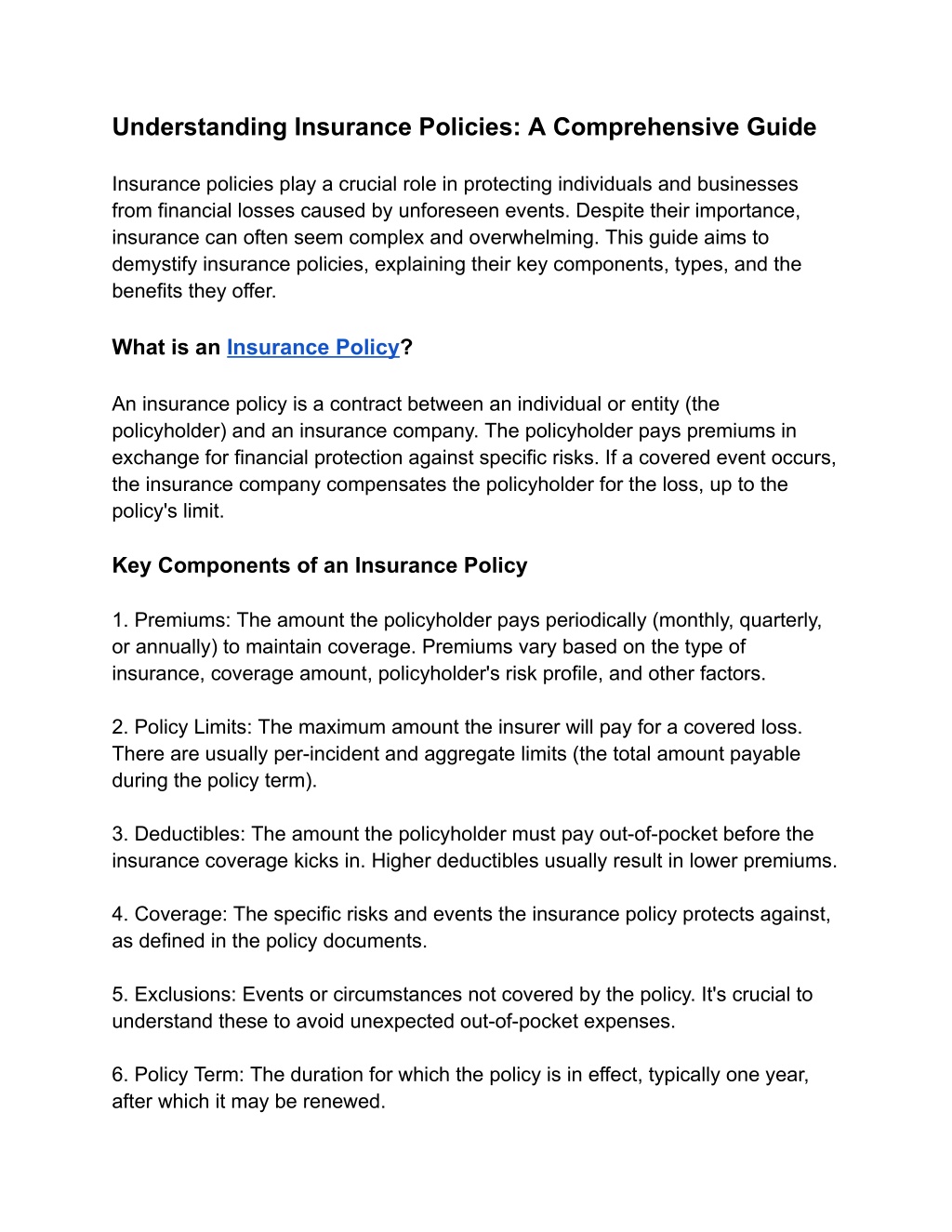
Understanding Insurance Policies_ A Comprehensive Guide
Insurance policies play a crucial role in protecting individuals and businesses from financial losses caused by unforeseen events. Despite their importance, insurance can often seem complex and overwhelming. This guide aims to demystify insurance policies, explaining their key components, types, and the benefits they offer.n
Uploaded on | 0 Views
Download Presentation
Please find below an Image/Link to download the presentation.
The content on the website is provided AS IS for your information and personal use only. It may not be sold, licensed, or shared on other websites without obtaining consent from the author. Download presentation by click this link. If you encounter any issues during the download, it is possible that the publisher has removed the file from their server.
Presentation Transcript
Understanding Insurance Policies: A Comprehensive Guide Insurance policies play a crucial role in protecting individuals and businesses from financial losses caused by unforeseen events. Despite their importance, insurance can often seem complex and overwhelming. This guide aims to demystify insurance policies, explaining their key components, types, and the benefits they offer. What is an Insurance Policy? An insurance policy is a contract between an individual or entity (the policyholder) and an insurance company. The policyholder pays premiums in exchange for financial protection against specific risks. If a covered event occurs, the insurance company compensates the policyholder for the loss, up to the policy's limit. Key Components of an Insurance Policy 1. Premiums: The amount the policyholder pays periodically (monthly, quarterly, or annually) to maintain coverage. Premiums vary based on the type of insurance, coverage amount, policyholder's risk profile, and other factors. 2. Policy Limits: The maximum amount the insurer will pay for a covered loss. There are usually per-incident and aggregate limits (the total amount payable during the policy term). 3. Deductibles: The amount the policyholder must pay out-of-pocket before the insurance coverage kicks in. Higher deductibles usually result in lower premiums. 4. Coverage: The specific risks and events the insurance policy protects against, as defined in the policy documents. 5. Exclusions: Events or circumstances not covered by the policy. It's crucial to understand these to avoid unexpected out-of-pocket expenses. 6. Policy Term: The duration for which the policy is in effect, typically one year, after which it may be renewed.
Types of Insurance Policies Health Insurance Health insurance covers medical expenses incurred due to illnesses, injuries, and other health conditions. Policies can include coverage for doctor visits, hospital stays, surgeries, prescription drugs, and preventive care. Health insurance is vital for managing healthcare costs and ensuring access to necessary medical services. Life Insurance Life insurance provides financial support to beneficiaries upon the policyholder's death. There are two main types: - Term Life Insurance: Provides coverage for a specified term (e.g., 10, 20, or 30 years). If the policyholder dies during the term, beneficiaries receive a death benefit. Term policies are generally more affordable but do not build cash value. - Whole Life Insurance: Offers lifelong coverage with a death benefit and a savings component (cash value). Premiums are higher, but the policy can accumulate cash value over time, which the policyholder can borrow against or withdraw. Auto Insurance
Auto insurance covers damages and liabilities arising from car accidents and other vehicle-related incidents. Standard coverage options include: - Liability Coverage: Pays for damages and injuries to others if the policyholder is at fault in an accident. - Collision Coverage: Covers damages to the policyholder's vehicle from a collision. - Comprehensive Coverage: Protects against non-collision-related incidents, such as theft, vandalism, and natural disasters. - Uninsured/Underinsured Motorist Coverage**: Provides protection if the policyholder is involved in an accident with a driver who lacks adequate insurance. Homeowners Insurance Homeowners insurance protects against damages to a home and its contents from various perils, such as fire, theft, and natural disasters. It typically includes: - Dwelling Coverage: Pays for repairs or rebuilding if the home is damaged or destroyed. - Personal Property Coverage: Covers the loss or damage of personal belongings within the home. - Liability Coverage: Protects against legal liability for injuries or property damage to others occurring on the policyholder's property. Business Insurance Business insurance encompasses various policies designed to protect businesses from financial losses. Key types include: - General Liability Insurance: Covers legal liabilities for injuries or damages caused by the business's operations. - Property Insurance: Protects against damage to business property, such as buildings, equipment, and inventory. - Workers' Compensation Insurance: Provides benefits to employees injured or ill due to their job.
-Professional Liability Insurance: Also known as errors and omissions insurance, it protects against claims of negligence or mistakes in professional services. Benefits of Insurance Policies Financial Protection Insurance policies provide a safety net, reducing the financial impact of unexpected events. For example, health insurance can prevent medical bills from becoming overwhelming, while auto insurance can cover the costs of repairs and liabilities after an accident. Peace of Mind Knowing that you have insurance coverage can offer peace of mind. It allows you to focus on recovery and rebuilding rather than worrying about financial strains. Risk Management For businesses, insurance is a critical component of risk management. It allows companies to operate with confidence, knowing they are protected against potential losses that could otherwise disrupt operations or lead to bankruptcy. Legal Requirements Certain types of insurance are legally required. For instance, auto insurance is mandatory in most places, and businesses often need specific coverages to comply with regulations. Having the right insurance ensures compliance with laws and avoids penalties. Conclusion Understanding insurance policies is essential for making informed decisions about protecting yourself, your family, and your assets. By comprehending the key components, types of insurance, and the benefits they offer, you can choose the coverage that best meets your needs. Whether for health, life, auto, home, or
business, insurance provides valuable financial protection and peace of mind, safeguarding against life's uncertainties.





























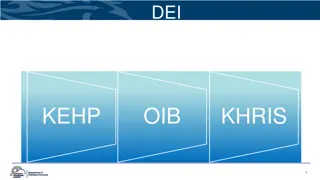




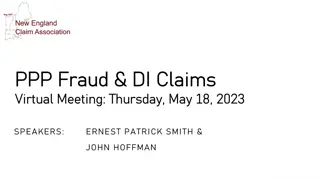



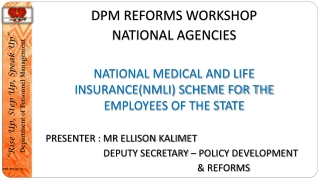





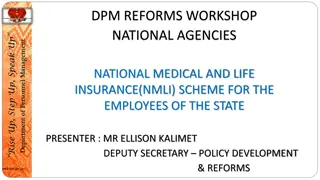
![Stakeholders' Responses to National Health Insurance Bill [B.11B-2019]: Overview](/thumb/69945/stakeholders-responses-to-national-health-insurance-bill-b-11b-2019-overview.jpg)


